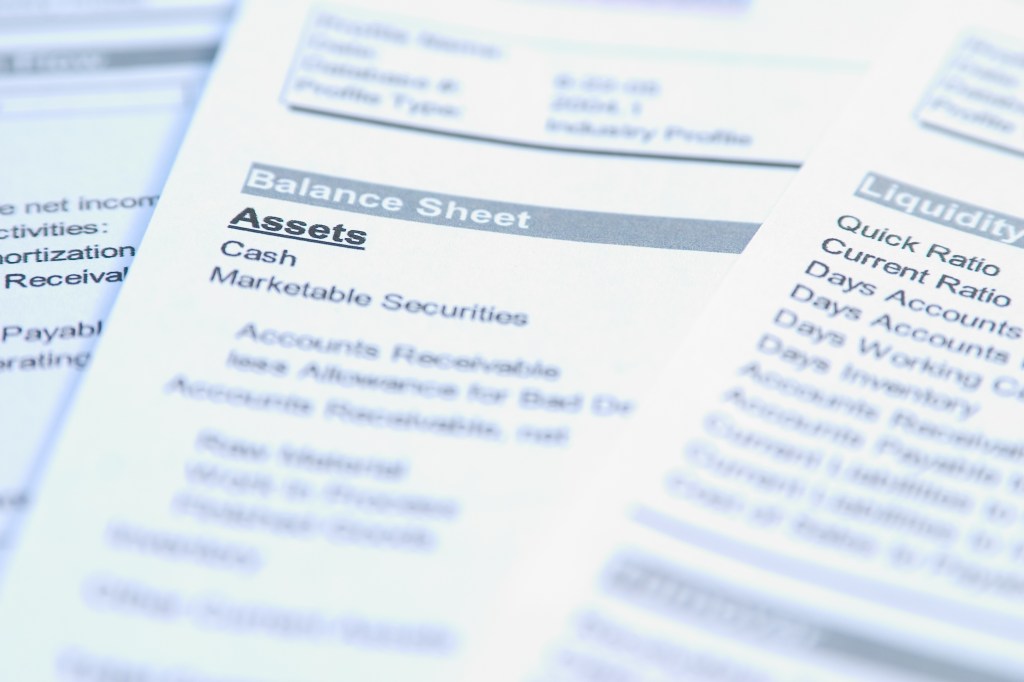You automatically become the “president” of your company when you sign the documents to create your company structure. However, only a small percentage of business owners ever really become the CEO – Chief Executive Officer – of their business. Aspiring to this role in your company can drive both the performance of your business and the value of your company.
The CEO of a company is responsible for the company’s strategic direction. The CEO sets the long-term goals, defines the company’s place in the market, manages the assets of the company, determines where the company is positioned in the marketplace, develops the talent necessary to be successful and drives the performance of the company, and it’s value, to create the greatest benefit for shareholders.
So, why is this important? First, when a company reaches a certain size or level of complexity, there is a full-time role in managing the assets and strategy of the organization to ensure a suitable return on investment. Second, a company is inherently more stable and more valuable when its day-to-day operations and performance of critical tasks are not based solely on the work of the business owner. Third, when this structure is in place, the business owner has more flexibility in roles, a better work-life balance and the ability to pursue other opportunities.
Being the CEO is not right for every business owner. Some companies run best with the business owner playing a direct role in the delivery of service. Others will not reach the size and financial model to make this a practical option. Some busines owners prefer to be more practitioners of their craft than company leaders. And some may just not have the experience and skill set to be in the CEO role.
However, if it is something that a business owner chooses to pursue, there are some clear steps for making that happen:
- Create a five-year model for the business. Define where the business will be in terms of size, staffing, locations, geographic coverage, market position and other key factors when you look five years into the future.
- Define the role of the CEO. This includes creating a business plan for the overall corporate strategy, writing a comprehensive job description for the CEO position and identifying the training needs for the owner over the five years.
- Define the company structure. Create successive organizational charts for each year of the plan so it is clear how the company will evolve. Define staffing roles and measures of accountability for each role. Determine what new positions will need to be created, which positions will be filled by promotion from within and which will be new hires.
- Develop the Team. Identify the key team players and form a leadership team. Assess the team players for strengths and weaknesses – not just in their current role but in the future role you have designated for them. Create a multi-year training and development for each key employee.
- Excel at operational performance. This means setting goals and measuring sales, gross profit, net profit, cash flow and return on investment. More importantly it means leading the operation to achieve those performance measures. Excelling at operational performance also includes building the quality and reputation of the company as well.
- Become the CEO. Promote yourself into the CEO role that you defined. Complete the transition that take you out of other boxes on the org chart, while maintaining control of the operation. Measure your performance by the return on investment and company value.
This path is not right for every company and every business owner. But if it is right for you, start the process, make the plans, get the training (for you and your team), and build the structure you will need to fully create a CEO role, and then promote yourself.

